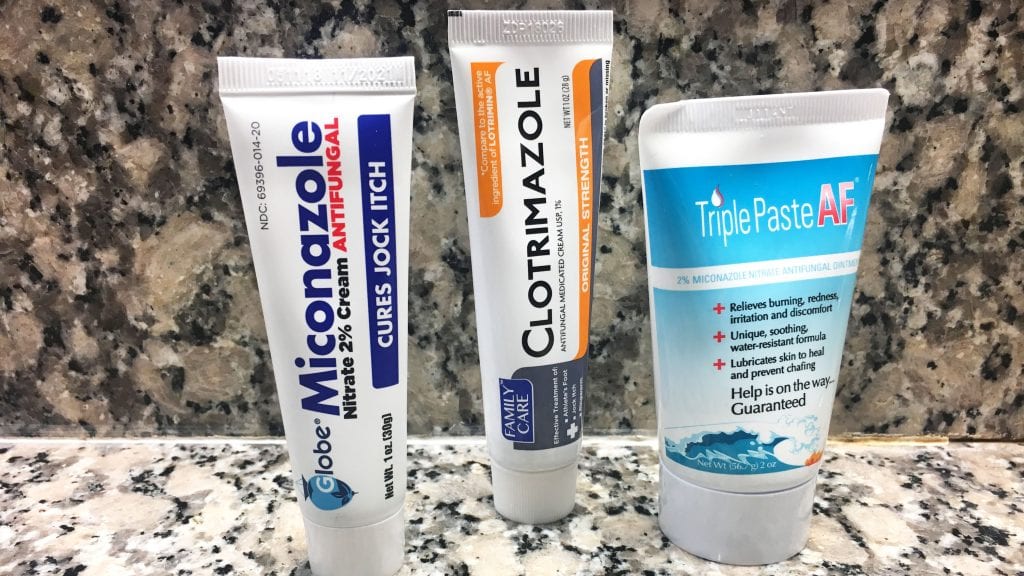The human skin, an intricate organ, is home to myriad microorganisms, including fungi. While many fungi are harmless, certain species can proliferate under specific conditions, leading to clinically significant infections. Skin fungal infections manifest as tinea (ringworm), candidiasis, and other dermatophytoses. Over-the-counter (OTC) treatments provide accessible options for managing these conditions. This article delves into the various over-the-counter antifungal treatments available, elucidating their mechanisms, applications, and patient expectations.
Fungal infections often arise in warm, moist environments where the skin is exposed to trauma or compromised by other conditions like diabetes or immunosuppression. The prevalence of such infections necessitates an understanding of the commercial options for treatment, particularly for individuals seeking immediate relief. The primary classes of antifungal agents available OTC include azoles, allylamines, and other topical formulations.
Understanding the Mechanisms of Action
Topical antifungals work by disrupting the integrity and function of fungal cell membranes or inhibiting fungal cell division. The most widely known antifungal agents belong to a few distinct classes, each possessing unique mechanisms of action.
Azoles, including clotrimazole and miconazole, inhibit the synthesis of ergosterol, an essential component of the fungal cell membrane. By interfering with ergosterol production, azoles weaken the membrane, leading to fungal cell lysis and death. Such agents are effective against a spectrum of fungi, particularly dermatophytes and yeasts.
Allylamines, like terbinafine and naftifine, focus on inhibiting squalene epoxidase, an enzyme critical to the synthesis of ergosterol. Their mechanism not only compromises membrane integrity but also results in the accumulation of toxic squalene within fungal cells, further enhancing their efficacy.
Other topical agents, including tolnaftate, possess a unique killing mechanism by inhibiting fungal growth rather than causing cell death directly. This mode of action can prove beneficial for patients looking for long-term management of mild infections.
A Comprehensive Guide to Over-the-Counter Treatments
While numerous OTC options exist, it is essential for patients to select the appropriate treatment based on the specific fungal diagnosis and prevailing symptoms.
Azole-Based Antifungals
Clotrimazole and miconazole dominate the OTC azole market due to their spectrum of activity and favorable safety profile. Both medications are effective against dermatophytes, yeasts, and certain molds, making them versatile choices in treating various fungal infections.
Application usually involves cleaning the affected area and applying a thin layer of the cream or lotion twice daily for at least two weeks, even if symptoms disappear earlier. Clotrimazole is frequently used in treating tinea pedis (athlete’s foot), while miconazole is commonly sought for tinea cruris (jock itch).
Allylamine Antifungals
Terbinafine is a powerful allylamine that exhibits superior efficacy in treating dermatophyte infections. When applied in cream form, it is absorbed into the skin and remains active for an extended period. Patients should apply it once or twice daily for one to two weeks, depending on the severity of the infection.
Commonly indicated for tinea pedis, tinea cruris, and tinea corporis (ringworm), terbinafine treatment has the added benefit of being less likely to result in recurrence. When adherence to the treatment protocol is ensured, many patients experience rapid improvement within days, fostering a sense of accomplishment and relief.
Other Topical Antifungal Options
Tolnaftate is another notable player among OTC antifungals. It functions primarily as an antifungal agent, inhibiting the growth of fungus without necessarily killing it. It is used for tinea pedis and tinea cruris and is available in various forms, including powders and sprays, offering convenience and versatility to users.
Another option worth mentioning is undecylenic acid, which displays fungistatic properties, especially against dermatophytes. It is known for its safety profile and is often combined with other active ingredients to enhance efficacy.
Common Side Effects and Precautions
While OTC antifungals are generally well-tolerated, some individuals may experience localized irritation, burning, or peeling. These reactions should be mild and self-limiting. However, if symptoms persist or worsen, discontinuation and consultation with a healthcare provider are advisable.
Patients should also be aware of potential contraindications, particularly if they possess allergies to specific components within the topical formulations. Furthermore, while OTC options are suitable for many fungal infections, healthcare personnel should be consulted for persistent cases or those accompanied by systemic symptoms such as fever or extensive skin involvement.
Maximizing the Effectiveness of Over-the-Counter Treatments
Effective treatment of fungal infections extends beyond the application of topical agents. Several patient education points should be emphasized to enhance overall treatment success.
Firstly, adherence to the complete course of treatment is paramount. Many individuals often prematurely discontinue therapy once symptoms subside, leading to recurrent infections. Hence, adherence to the recommended timeline for application is essential.
Secondly, maintaining skin hygiene and dryness can considerably contribute to the management of fungal infections. Individuals should ensure that affected areas are kept clean and dry, as moisture creates an optimal environment for fungal growth.
Lastly, patients should utilize antifungal powders or sprays to reduce moisture and friction in susceptible areas, particularly in athletes or individuals prone to dermal irritations.
The Role of Consultation with Healthcare Professionals
Despite the availability of efficacious over-the-counter treatments, some patients may require a more tailored approach for their skin issues. Notably, individuals with immunocompromised states, extensive infections, or those unresponsive to self-treatment should seek professional guidance. A healthcare provider can offer differential diagnoses, more potent prescription modalities, or adjunctive therapies to enhance therapeutic outcomes.
In conclusion, over-the-counter treatments for skin fungus provide individuals with effective, accessible options for managing common dermatological afflictions. Understanding the mechanisms of action, selecting appropriate agents, and practicing good hygiene can all contribute to successful treatment outcomes. However, persistent or complicated infections necessitate professional intervention, underscoring the importance of a holistic approach to dermatological health.
